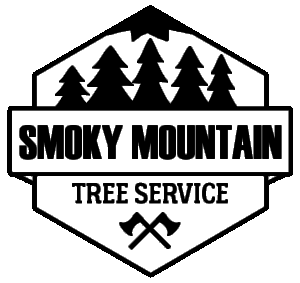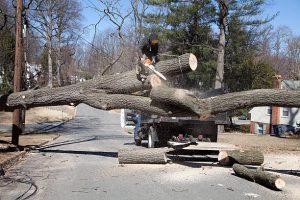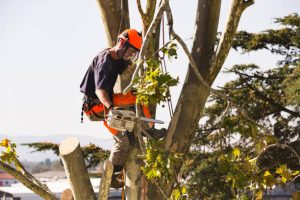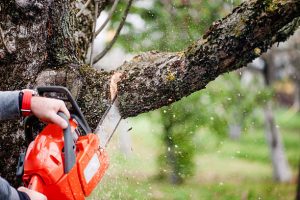Misconceptions about Tree Topping
If you’ve noticed that the trees around your house are beginning to outgrow their space, you need to contact a specialized arborist. Nonetheless, when you do, it is best also to know the method that can be taken to care for the issue.
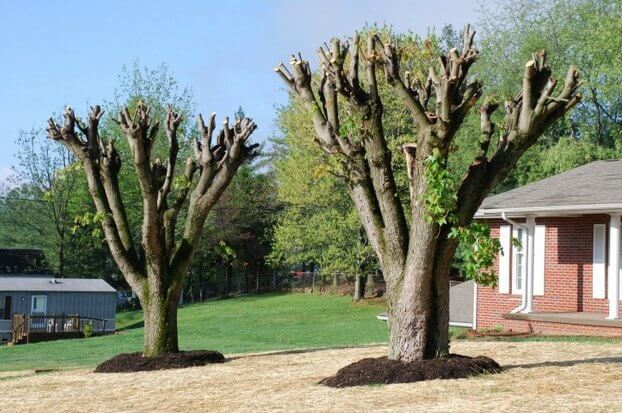
When those leaves of a tree are taken out so rapidly, it stunts the feeding process of a tree. Leaves supply food and nutrients for a tree and without them, it can temporarily starve. So that you can survive, a tree will grow many shoots below every cut that was made so that you can produce new leaves, and new food, as quick as possible. A tree will likely be critically weakened and stressed by this process and could even die if it doesn’t have the correct quantity of energy stored.
A stressed tree also increases its susceptibility to attacks from pests and illnesses. Open cuts from pruning leave a tree exposed, and if it is already weakened, it may well not have the energy to fend off attacks.
Also, topping increases the likelihood of decay. Mainly because of where the cut is made – generally along a horizontal branches, which generates stubs – the tissues of wood are exposed. Usually, a tree would have the ability to protect itself against these wounds, but given the different extrem injuries made by topping, the tissues decay. This makes a tree weaker and far more vulnerable to being toppled during thunder storms or high winds, giving danger to your home.
The preferred spot of a cut to your tree should extend the collar of the branch collar at the branch’s point of attachment, a place where a tree is biologically prepared to close the wound. Canopy raising, which opens up space underneath the canopy of a tree, and canopy thinning, which removes harmful limbs first and then other people to enable air and light to pass through, are two secure alternatives when trimming your tree. You should never remove much more than 25 percent of a tree’s leaves in a given year.
Tree Topping: A Unsafe Tactic.
Tree topping is not the answer whenever you have concerns over the size of your trees. When compared to other alternatives, it is dangerous and unnecessary.
